Cheapie408
Well-known member
- Joined
- Feb 27, 2021
- Messages
- 274
- Reaction score
- 51
All the installation I've seen has been a horizontal windlass. Can I fit a Vertical Pro Fish v700 on a 2120?

If you mount the V700 where most folks mount the horizontal models, (on the aft end of the pulpit, between the two bow cleats), I don't believe there is sufficient space forward in the anchor locker, for the motor; this, because the bow-angle leaves less space in the forward part of the locker. (With vertical windlasses, the motor is not 'self-contained' like on the horizontal models; the motor hangs under the unit; in the rode-locker). I suppose if you really prefer a horizontal model (as there are some advantages, like more 'bite'), and wanted to 're-build/remodel' some of the forward deck, and you mounted the V700 further aft where the anchor locker hatch is, and where the locker is 'taller', then there would be more space for the motor. The anchor lockers are not huge to begin with, and taking up space with the motor hanging there might be the reason a lot of folks use the horizontal windlasses. (another option would be the deck-mounted windlasses where everything is stored on deck like on a large hose-reel. I've seen a number of Parkers with that set-up).All the installation I've seen has been a horizontal windlass. Can I fit a Vertical Pro Fish v700 on a 2120?

I agree the drum-styles look 'different',... but sometimes the beauty is in the functionality!I think I saw someone doing what you are referring to. A box was built to sit over the anchor locker which in turn raised the windlass allowing the proper fall height. The drum style windlass would look horrendous on a small boat. LOL I think I'll look into getting horizontal one. I don't anchor in more than 60ft of water and don't see myself doing so anytime soon. Will consider a trolling motor with an anchor lock feature if I find myself needing to stay at one place in deeper waters.
Like I mentioned, I usually anchor in shallow water. 5'-10' is common; occasionally 15'-25', and also occasionally in 3'-5'. 'Power-down' gives me control, to let out the right amount of rode as needed, deploying it in small 'bursts' as I'm backing down the boat. If using 'Free-fall' it quickly dumps the chain and rode in a potential 'birds-nest', in a pile on top of the anchor. (again, I'm talking about shallow-water anchoring). Free-fall is great when you are anchoring in deep water, (60'? 75'? 100'?, 150'?) and want the anchor to drop-where-you-want it to be, very quickly; mostly because you want to be/stay close to a specific 'fishing spot'. That is seldom the case for me. Most of my boating is in the shallow waters of eastern NC. (Pamlico Sound. Pungo and Pamlico River. Albemarle Sound). 'Power-down' works best in these shallow conditions. (With the Lewmar Profish 700, even 'power-down' is very fast! VERY fast!. I have to just bump the switch on-off-on-off as I'm using it).Please elaborate on why you don't use freefall? Seems everyone wants to have freefall but not many windlass over this.



Yes, I totally agree; get one that gives you both options. It's a simple procedure to switch the Lewmar Profish from Free-Fall to Power-Down. The Lewmar ProFish 700 are commonly seen on Parkers and a lot of other similar-sized boats; our Parker had one on it when I bought it. It was new to me, but I loved seeing that the previous owner had already installed one! (I also like it, well, because it is 'shiny-S/S' , and it looks good!). I 'single-hand' the boat a lot. And after I 'fixed' an anchor-roller problem, I find it is super-convenient to not have to run to the bow every time I'm anchoring; I can do it all from the safety of the pilothouse; which also comes in handy when retrieving the anchor, single-handed, in adverse conditions. It helps makes our time on the boat safer, convenient and just plain more fun!Makes sense, looks like I should still find one with free fall so I can have it as an option in the deeper channels.
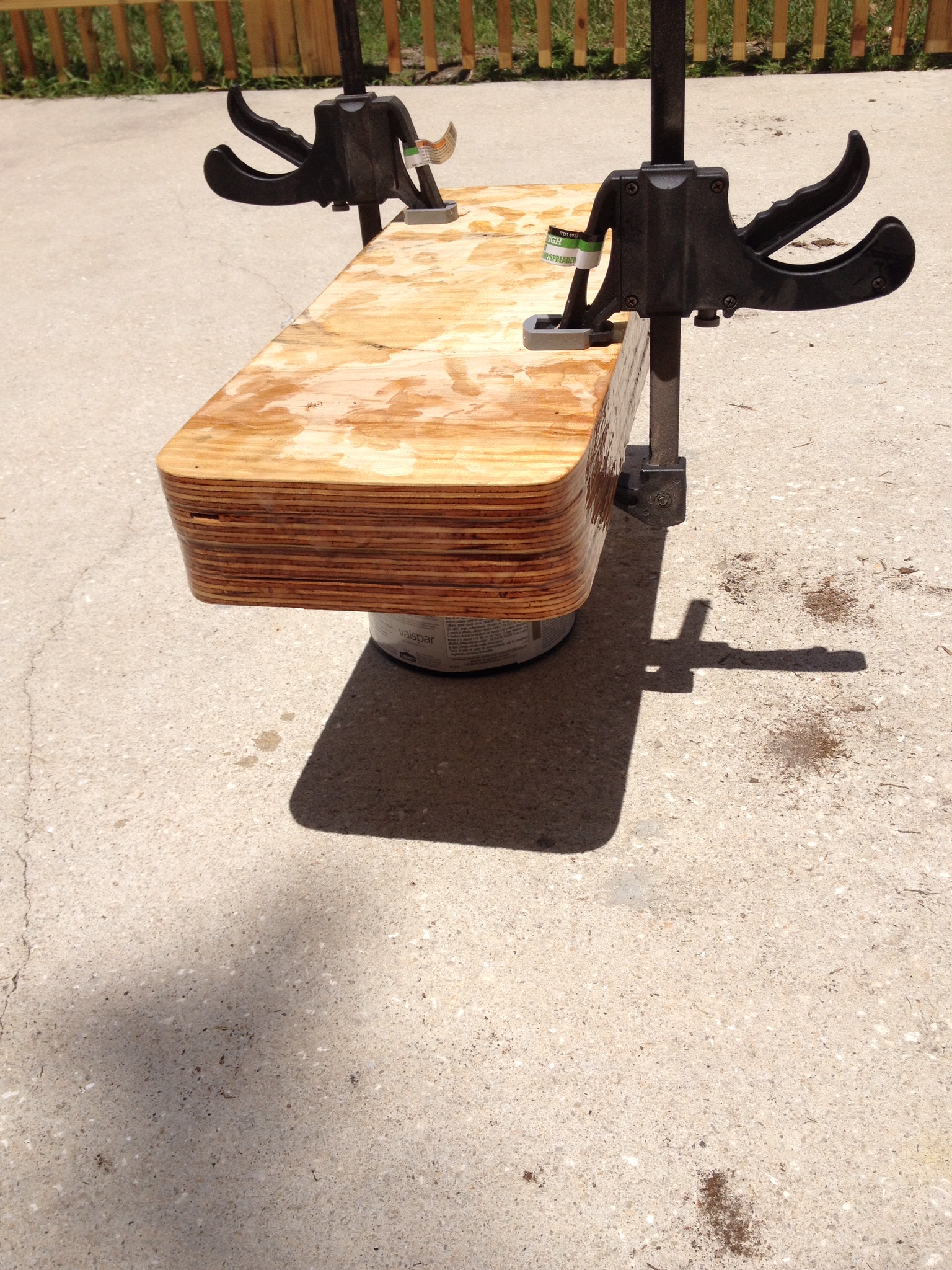
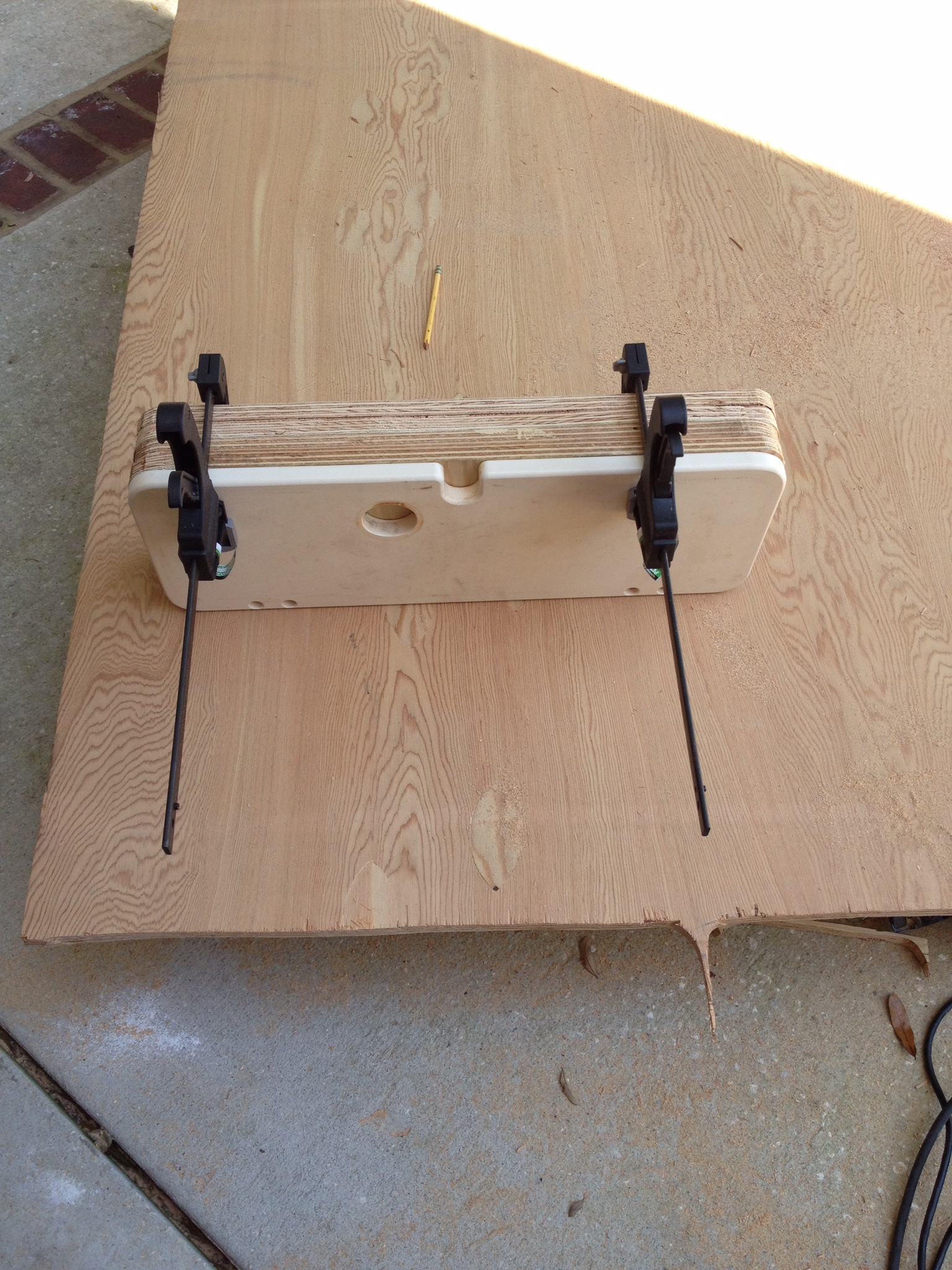
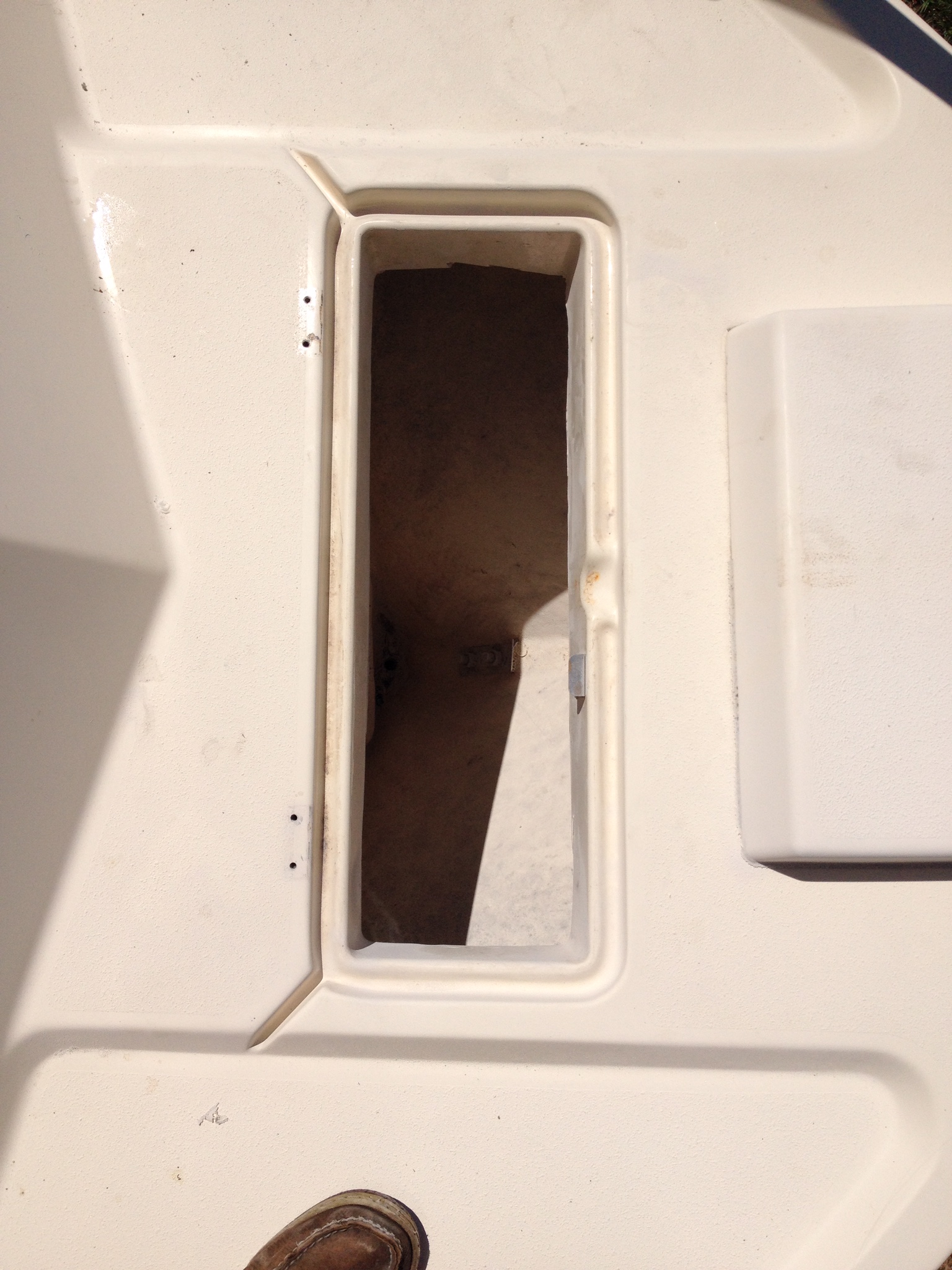
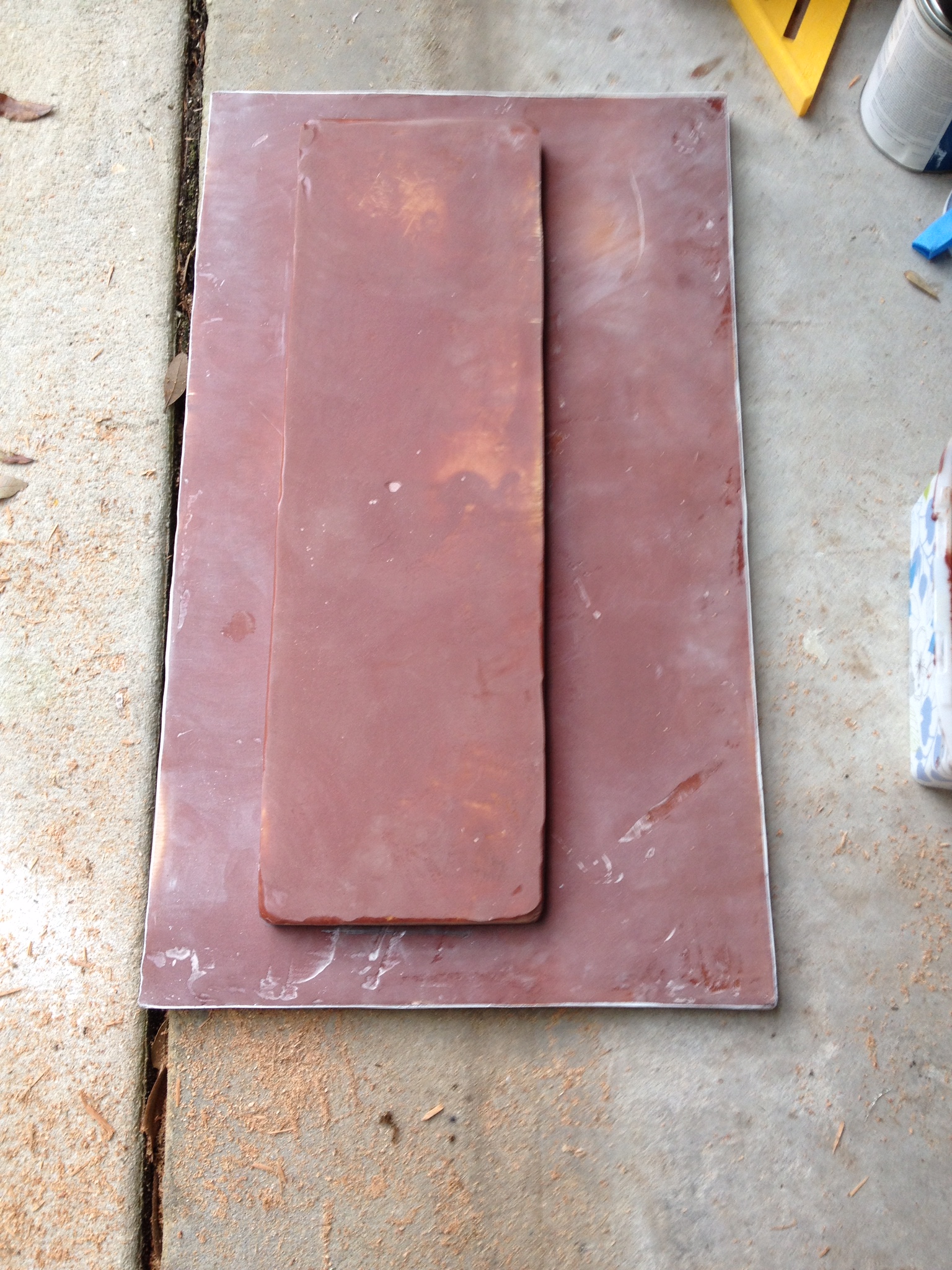
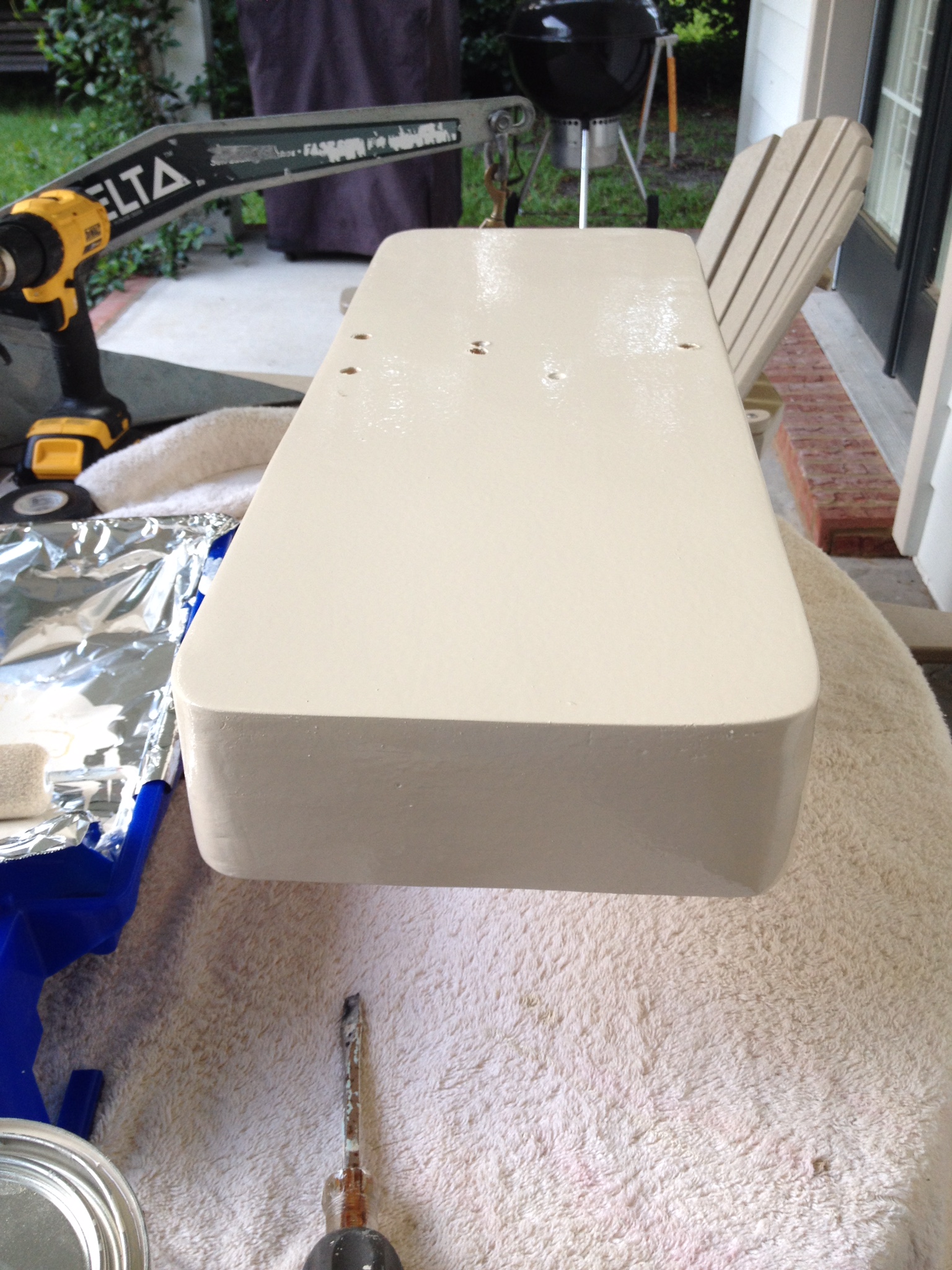
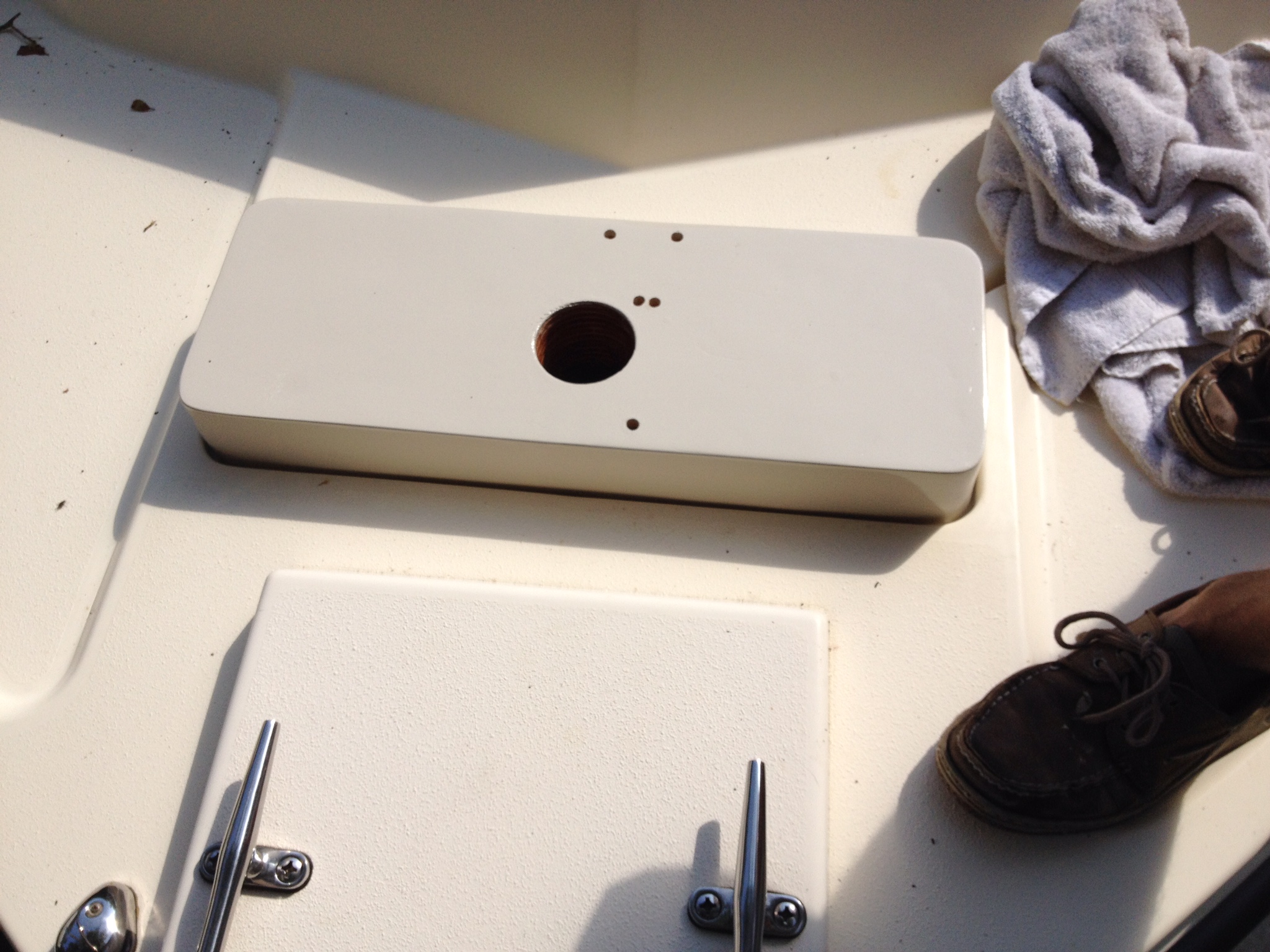
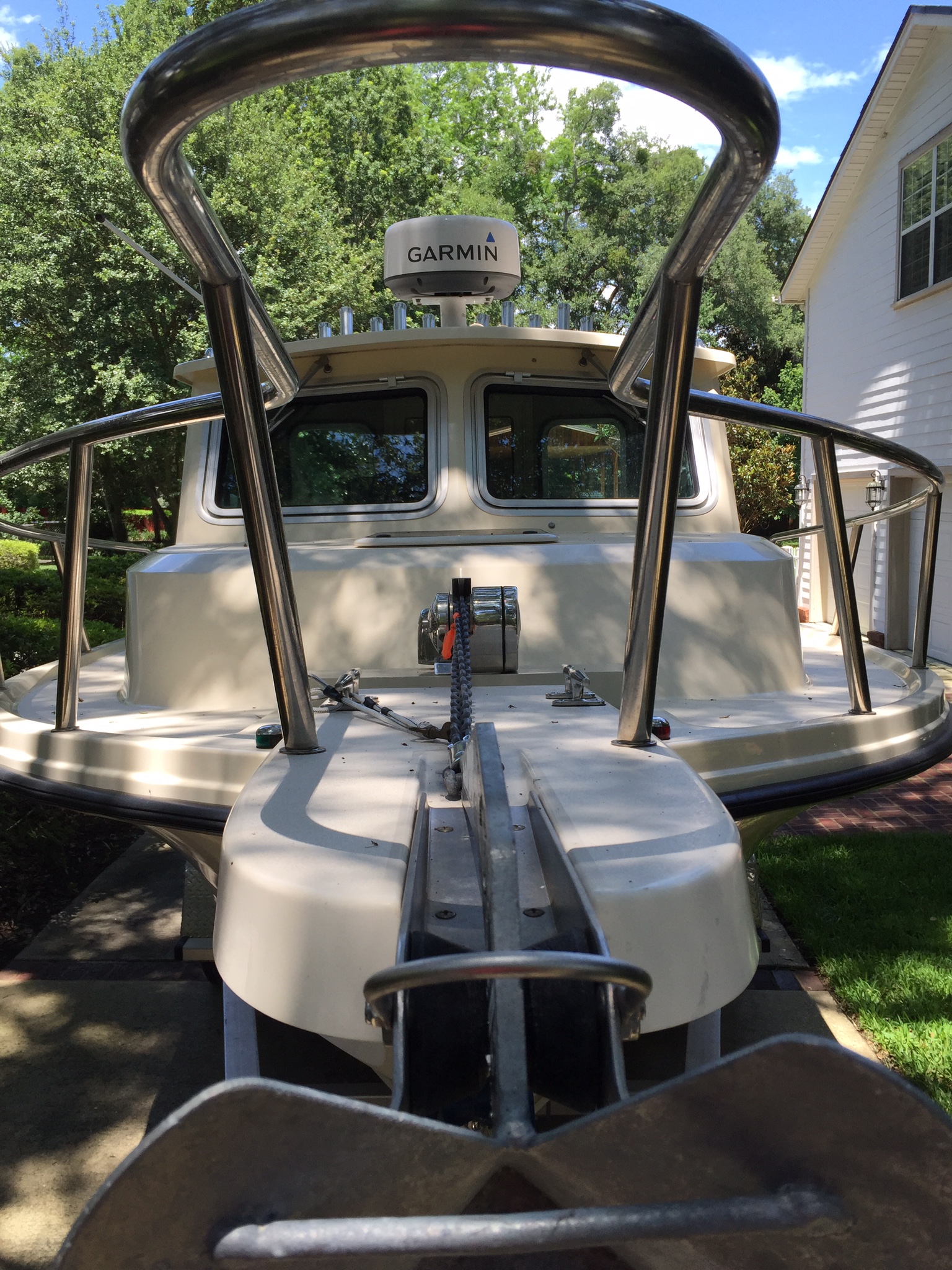
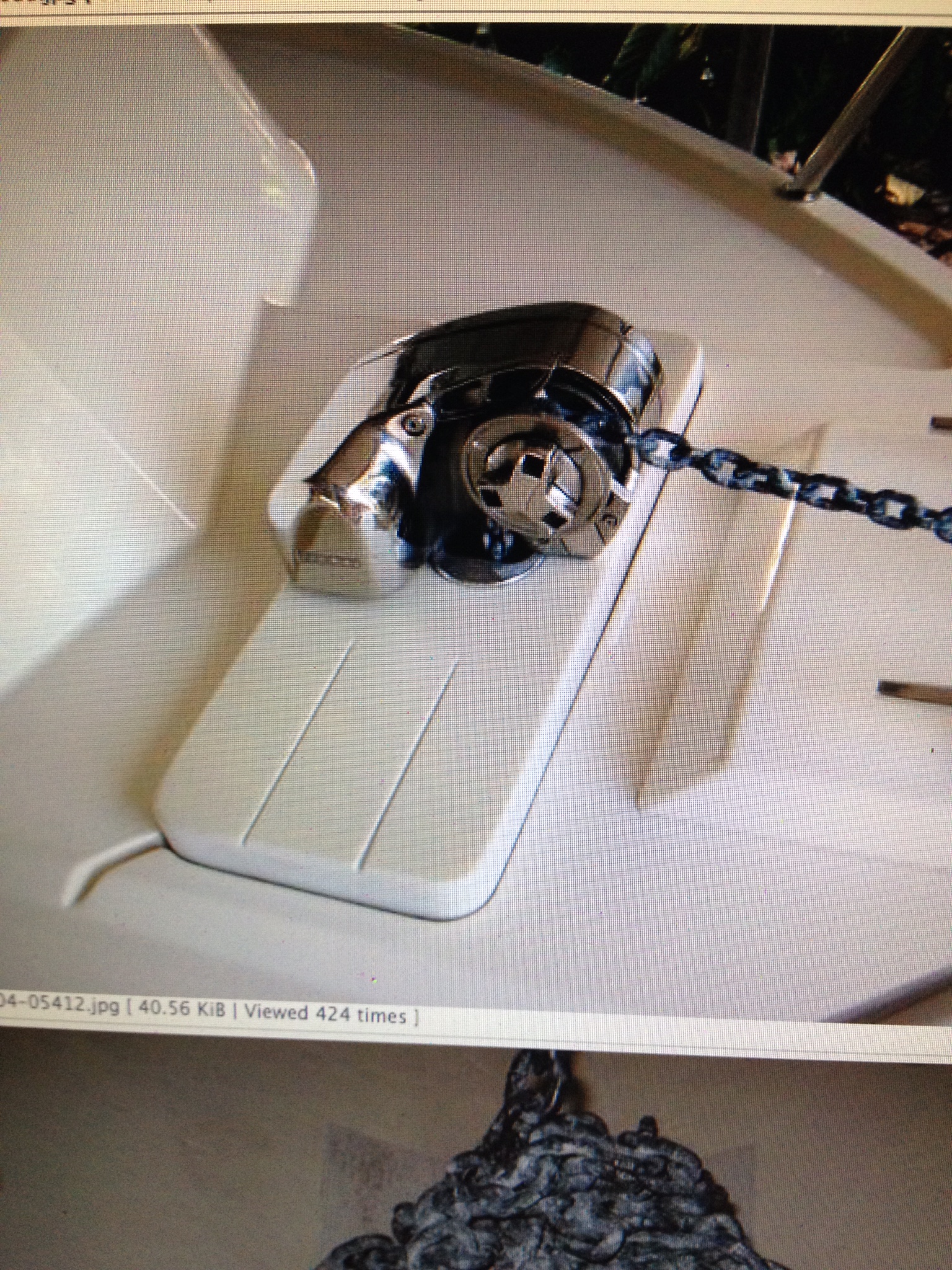
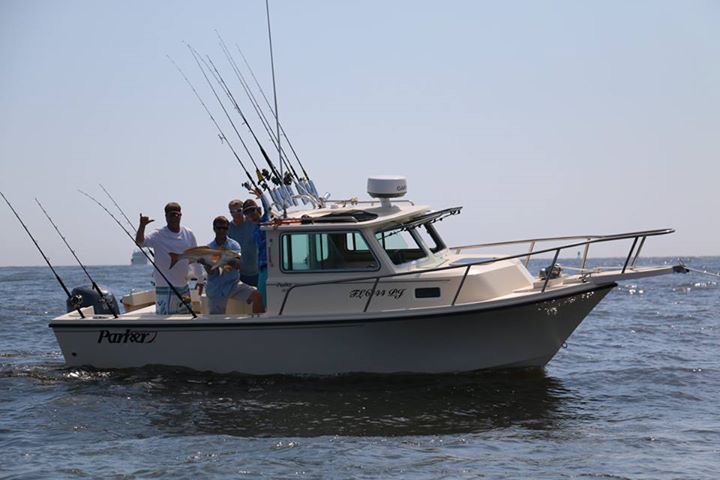
Hi Syndngoose, Nice photos, thank you for re-posting! I explained earlier why Free-Fall is not useful for shallow-water anchoring, but I agree it is nice to have the option for both Free-fall and Power Down.... Looking at the photos you sent, I'm thinking that you may have found the solution to one of the three major design flaws that I don't like about my Parker pilothouse.; that being the insanity of allowing water to get into the anchor-rode locker, then channeling it all the way, through the bilges, through pipe, then to the aft bilge, constantly soaking everything on its way! (a constant maintenance issue. and mold/mildew contributor).You will want the Lewmar profish 700 on your 2120. The 1000 series is over kill.
This is what I mounted on my 2120 nearly 8 years ago.
This is what Parker mounted in my 2320.
Yes, free fall is what you want. Why wouldn’t you??
Lewmar recommends installing so that the chain and rode fall directly down with no slope.
I actually spent a tremendous amount of time and energy building a windlass pad so it does drop straight down with the 2120. It was very time consuming but turned out great. Also, not once in ownership did I have a cobble/ hobble or jam.
Now, on my 2320, Parker mounted it aft on the pulpit and the rode does drop down with a slope into the anchor locker. So far, I have had no jams/hobbles with the rode.
I will say that I have a bow mounted trolling motor with GPS spot lock, so I don't anchor anymore unless dropping an anchor to explore a beach line or island. But, that is in less than 10 feet of water where I am dropping anchor and using the windlass to retract the rode.
On my 2120:









That's right! WTH! All my past boats had drains directly from the anchor locker, through the hull, directly drained to the outside of the boat. I had dry bilges! In our Parker, the water is not just drained into the bilge, but into the first bilge under the cuddy cabin, then drained through a PVC pipe into the next bilge-area under the pilothouse, then through another pipe into the bilge under the fuel tank into the far aft bilge, creating mold, mildew and yuck that needs constant cleaning. The aft bilge pump and switch is mounted on a 'block' so it is not activated until the aft bilge is deep in water. And when/if it does activate, it still will leave (if I let it) 3-4 gallons of water sloshing around the aft bilge, where the batteries are located along with the fuel filter, electrical components, and other items/components. (believe me, I constantly pump/sponge/scoop and towel-dry my bilges EVERY week! to prevent this... I have video and photos to prove that; I just should NOT have to spend my time doing such)...So the water goes from anchor locker to the bilge? WTH? They couldn't drain it to the front like normal boats do?
It would not be a good idea to just drill/add a drain tube, at least not on a 2013 2520 XLD in its present/original condition. If you drilled/installed a drain hole at the bottom of the rode-locker, (where it would need to be), it would be below the waterline of the boat, and would flood/sink the boat. To make it work, it would be necessary to first raise the 'floor' of the anchor rode locker about 5-6 inches. And by doing so, sealing the hole that presently drains the water into the bilges. There are a lot of very talented people on CP that have extensive fiberglass repair and fiberglass fabrication skills. I'm not one of them! ☺But I do have some experience with West System epoxy. I still have about a gallon of epoxy, hardener, and 3-4 containers of micro balloons and fillers that I have used on previous re-builds and repairs that I've done over the years. But I have also made some mistakes that I'm not willing to chance on the Parker... I was hoping some of the CP fiberglass-gurus have had this issue, and have come up with a solution. This is not the first time this subject has come up CP.That sounds like a big pile of BS of parker. I too store my boat outside. Knowing that I was getting a boat between 22-24ft I bought a new cover long before I even purchased the boat. Hopefully this remedy the rain issues but it still doesn't solve it when you're pulling up the wet rode. Is it remotely possible to add drain tubes and drill through the bow somehow?
I like the idea of having the windlass on the pullpit, I think it looks better. I think that would be how I'd install it. I actually found your original post of that build, but it seems you're the only few that did this, everyone put it aft of the pullpit. Unless there's absolute benefit and worth the effort I'd prefer not to do it, but in this case it doesn't seem to be.
Keep in mind that 180' is the minimum recommended scope for 60' of water. I'm not sure I'd rely on 3:1 scope in any sort of weather conditions. A little bit more scope is a nice bit of insurance if you need it; if your engine goes out you can save yourself a bit of time and money on the tow by being able to anchor rather than possibly drift further offshore while waiting for the tow. It also gives you the ability to have an extra long rode in a bad situation (such as needing to hold off a lee shore after an engine failure- you'll want all the holding power you can get).I'll be having 150-200 ft. I've actually never had more than 100 feet of rode and 15ft of chains on my boat in the past and never found the need to "yet". I can see where it can become useful if my engine give out in deeper waters having the extra length would mean I'll be able to stop the boat from drifting. Other than that I don't do any anchor fishing over 60ft
Enter your email address to join: